Bac Me Lam Rice: A Culinary Treasure of Ha Giang
Nestled in the rugged mountains of Ha Giang lies a culinary treasure that’s worth exploring: Bac Me Lam Rice. This dish is not just a meal; it’s a story of culture, tradition, and the natural beauty of its origins. Let MOTOGO Tours dive into the delicious world of this dish!
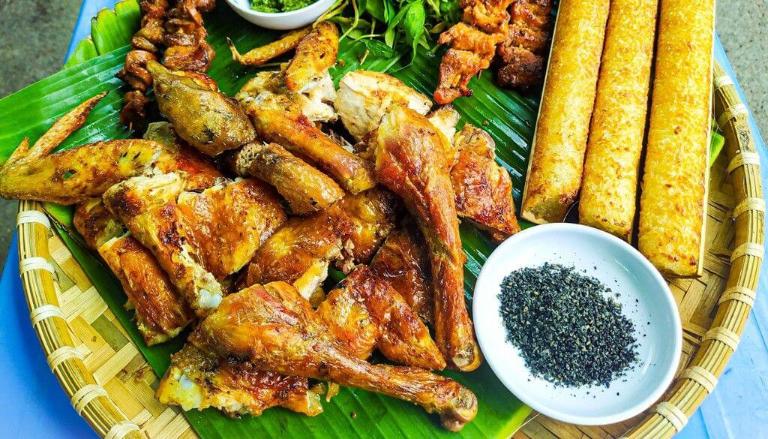
Introduction to Bac Me Lam Rice
Ha Giang is renowned not only for its breathtaking natural landscapes but also for its delicious specialties. Dishes like Au Tau porridge, smoked buffalo meat, Ha Giang sausage, and buckwheat cakes tantalize the palate. Among these, Bac Me Lam Rice is one of the Ha Giang’s culinary specialties that diners remember most well.

From the mountainous parts of Northern Vietnam, lam rice is a rustic speciality. First look, many would find the name and idea strange. Basically, it’s just rice that’s cooked; but unlike lowland residents, here the inhabitants cook their rice in bamboo or rattan tubes.
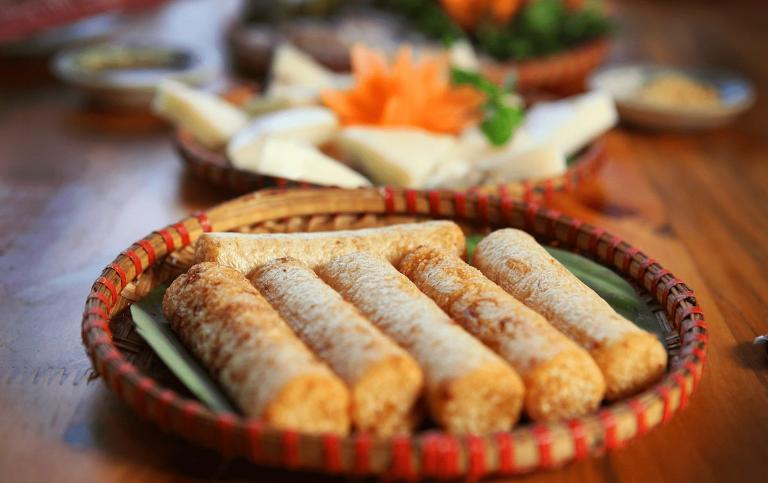
The special way rice is cooked in bamboo tubes distinguishes it and gives guests a rich, unforgettable experience. The mountain residents have come to affectionately refer to this unique Ha Giang speciality as “Lam Rice.” The meal produces an unmatched taste by harmonic blending of glutinous rice with the aromatic fragrance of bamboo.
The Origins of Bac Me Lam Rice
There are several interesting legends regarding the beginnings of this cuisine. The elders say that the ethnic minorities used to mostly live on mountain heights and in the valleys. Their seasonal shifting farming resulted in fields where only one crop cycle could be obtained. Ha Giang’s steep topography caused the soil to be less rich following harvest. Often times, replanting yields nothing at all.
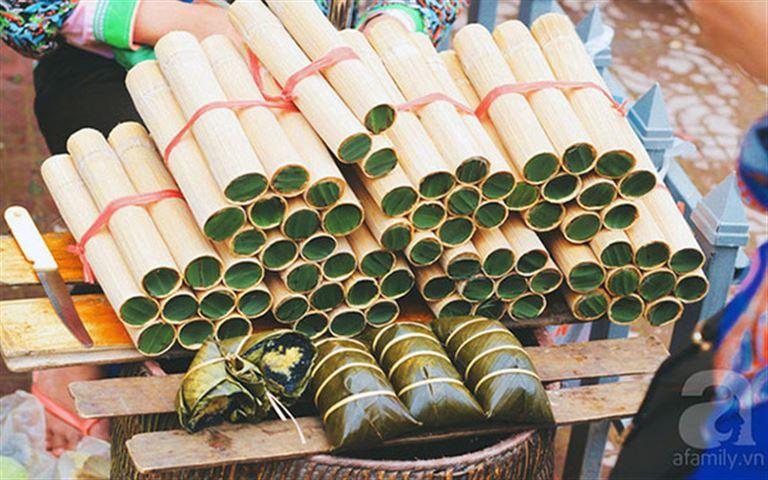
The mountain people thus led a migratory way of life, which complicated their financial status. From this fact, they devised a temporary fix utilising bamboo tubes instead of pots, bowls, or chopsticks, so cooking rice. Harvested from the rich forests bursting with this adaptable plant, the bamboo, sometimes known as “lam” is local.

Bac Me Lam Rice has evolved from being a simple everyday meal to a staple during festive occasions. Every spring, alongside traditional New Year dishes like smoked pork, sausages, square sticky rice cakes, and five-color sticky rice, a festive table in the Tay community of Bac Me is incomplete without lam rice.
Ingredients for Bac Me Lam Rice
The most crucial factor in crafting the perfect Bac Me Lam Rice is sourcing the highest quality ingredients. The first essential ingredient is sticky rice. The locals meticulously choose the rice because it significantly influences the dish’s deliciousness. This particular variety is grown and nurtured by the local farmers, cultivated on terraced fields, and must be aromatic, glutinous, and have plump, firm grains.
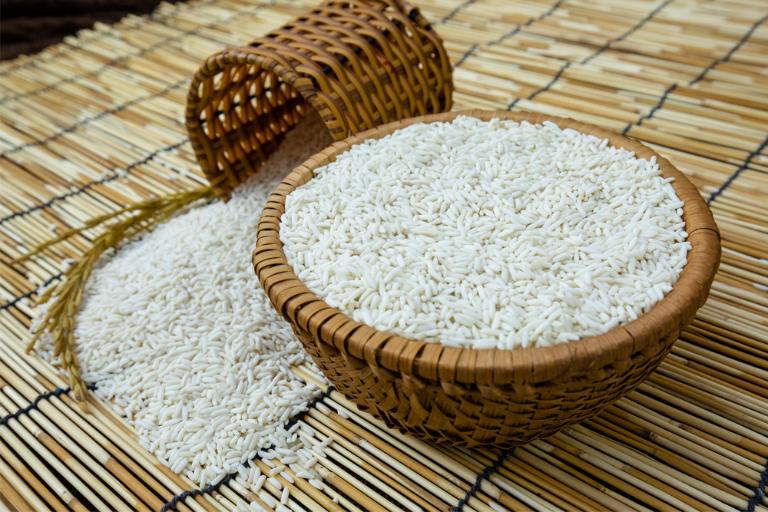
In addition, you’ll need bamboo tubes, made from fresh bamboo and rattan, which grow abundantly in the forest. The community always prioritizes choosing young yet sturdy bamboo stalks. They should not be too tender, too old, too thin, or too thick. If the bamboo is too young, it may crack or break during cooking. Contrary, if it’s too mature, it will lose its delicate silken layer, which is essential for creating that characteristic flavor.
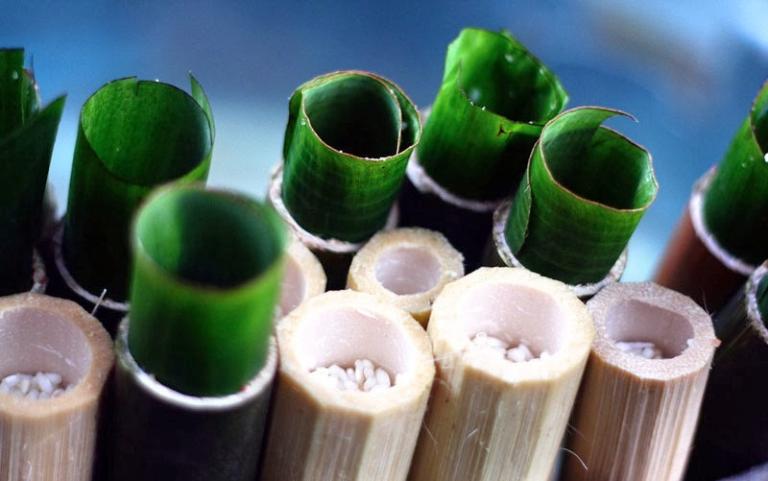
Furthermore under attention is the water used to prepare the rice. Mountains springs or stream headwaters should be the source to provide the best clarity, coolness, and purity. Furthermore, the residents make dong leaves or banana leaves, which considerably improve the flavour of the cuisine.
The Steps to Perfectly Prepare This Dish
Both residents and visitors of Ha Giang value Bac Me Lam Rice as a particular speciality. Although the cooking of this dish is not too difficult, it does demand some time and effort. The rice is first completely washed and overnight steeped in water. The grains swell and become plump in this stage. Furthermore, soaking guarantees that the rice cooks up sticky, aromatic, white.
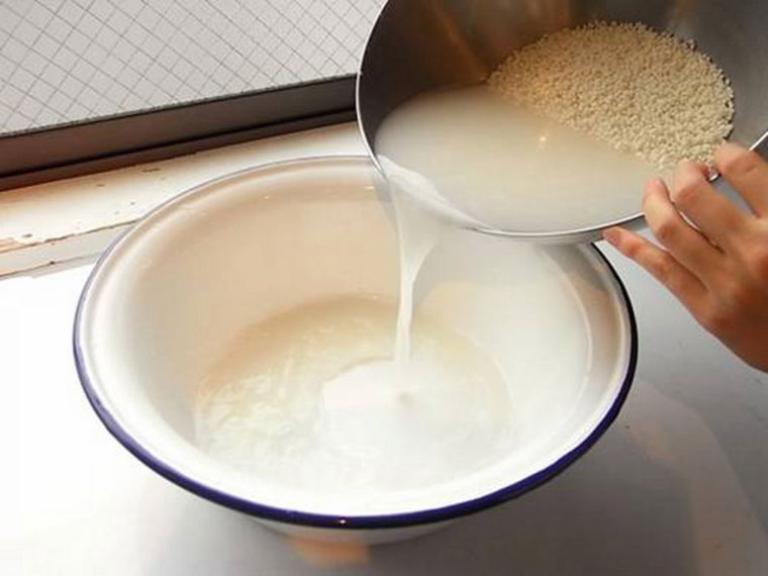
The rice is then uniformly combined with a bit of salt. Regarding the bamboo tubes, they are sliced into little pieces once taken from the highlands. One end is opened and each segment has one node left to act as a closed bottom. The rice is then stuffed into the tube practically to overflowing. Pouring calls for pressing the tube tightly against the ground to compact the rice at the bottom. This phase guarantees the grains’ firmness, better homogeneity, and absence of clumping.
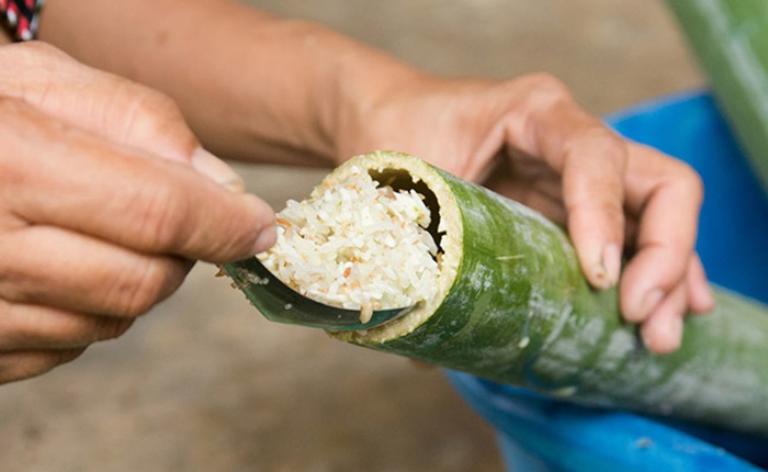
After that, spring water is put into the bamboo tube just sufficient to cover the rice’s surface. The tube’s mouth is sealed then with fresh banana or dong leaves. Before cooking, the tube absorbs water for almost half an hour. The bamboo tubes are laid over a bed of brilliant embers once sufficiently moist. Cooking the rice over medium heat helps to avoid too high or too low flames that could burn the rice and lose its natural aroma.
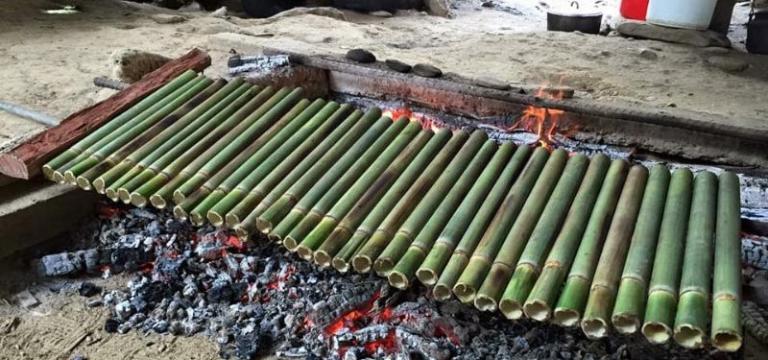
Locals will turn the bamboo tube to guarantee even cooking of the rice. This also lets every grain of rice absorb the minerals and scent from the bamboo. The rice is ready when the seductive scent of lam rice permeates the air around one hour later. The burnt exterior layer is taken off at this stage. They gently peel off the burned skin with a knife, working towards the delicate, thin white layers.
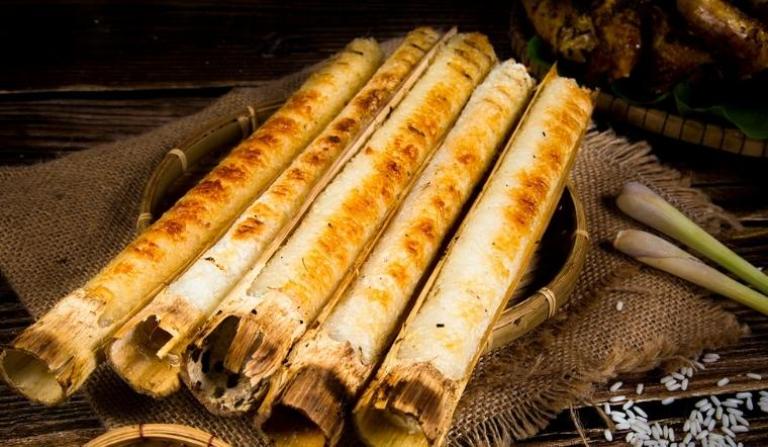
You will notice perfect white rice grains starting to show themselves once the blackened outer layer is completely removed. Every grain opens out, strong and fluffy, giving a wonderful scent that tempts the taste receptors. An absolutely delicious sensation results from the wonderful mix of the aroma of bamboo with that of roasted dong and banana leaves. Lam rice tastes best still boiling hot. Bite-wise, you will taste a creamy, buttery taste that is just unearthable.
>>> Explore Thang Co Ha Giang: A Distinctive Specialty of the H’Mong Ethnic Minority Group
The Perfect Way to Enjoy Bac Me Lam Rice in Ha Giang
Bac Me Lam Rice is well-known for its unusual cooking technique, but many people find great appeal in its eating presentation. Diners sometimes consume this rice right from the bamboo tube it was cooked in. The rice smells strongly and has a sweetness higher than that of ordinary white rice grown on lowlands. One may also taste the freshness of the dong leaves and banana leaves wrapping it when eaten.
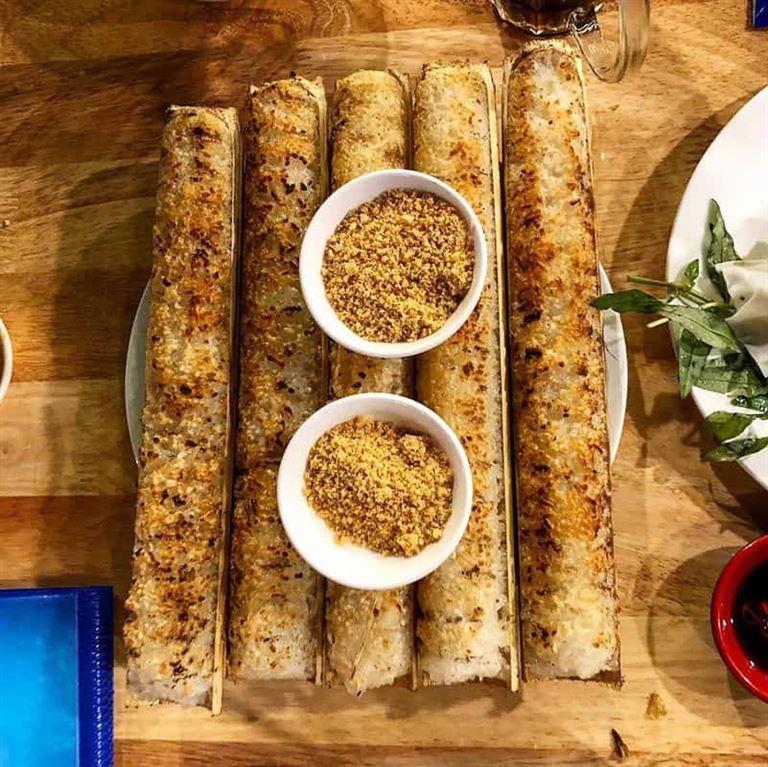
Usually, people from the highland areas combine Bac Me Lam Rice with sesame salt. A whole dinner consists of one bowl of Bac Me Lam Rice from Bac Me plus some sesame salt on a platter. Many families also love it using ginger salt—made from roasted salt combined with crushed ginger. This flavour is quite simple to make and smells strongly enough to combine with Bac Me Lam Rice to make an appealing mix.

Locals have also developed several meals to go with this delicacy nowadays. Enjoyed with grilled chicken or wild boar meat, the tastes are enhanced. Should the chance present itself for you to visit Ha Giang, you will be able to sample locally grown Bac Me Lam Rice. Years of expertise seasoned cooks have will guarantee a great dish.
Where to Enjoy This Ha Giang Specialty
At several Ha Giang local markets, including Dong Van Market, Quyet Tien Market, and the Meo Vac Market, Bac Me Lam Rice is offered in plenty. At Ha Giang, Bac Me Lam Rice is really reasonably priced—between 15,000 and 30,000 VND each tube. Stalls presenting this delicious cuisine are rather visible. Furthermore, several Ha Giang eateries offer Bac Me Lam Rice to visitors.
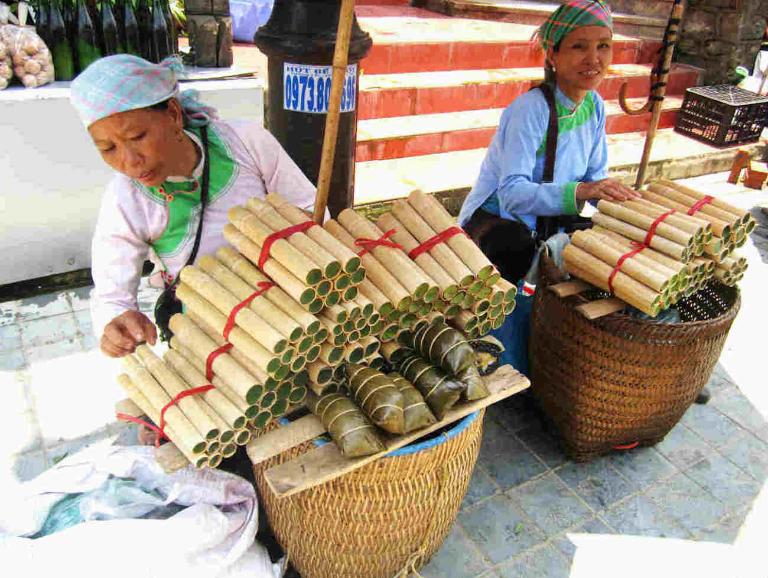
Bac Me Lam Rice from Ha Giang tastes differently in every part of the Northeast region. While participating in Ha Giang Loop, you may even have the chance to grill Bac Me Lam Rice alongside the locals. Breathing in the rich aroma of the newly cooked rice will definitely give you an amazing experience gathered around a warm fire in the cold weather.
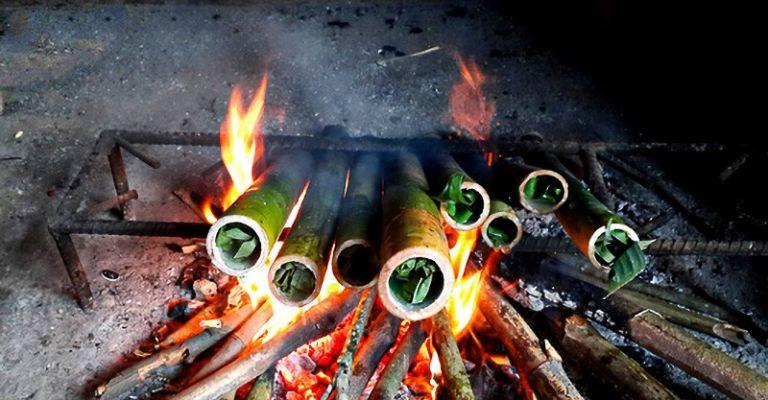
Bac Me Lam Rice is evidence of Ha Giang’s rich culture and legacy, not only a meal. Any food enthusiast should definitely try this since of its distinctive taste, conventional cooking techniques, and nutritious value. Thus, make sure you explore this gastronomic treasure the next time you visit Ha Giang.
Related Posts:
- Au Tau Porridge | A Specialty Not to Be Missed When Visiting Ha Giang
- Cap nach Pork in Ha Giang: A Culinary Tradition to Savor
- Ha Giang Sausage: Discover the Authentic Taste of Northern Vietnam
- Experience the Essence of Shan Tuyet Tea in Ha Giang
- Ha Giang Corn Wine – A Taste of Vietnam’s Cultural Heritage








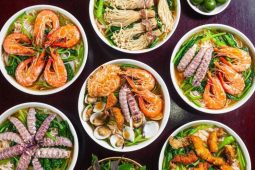

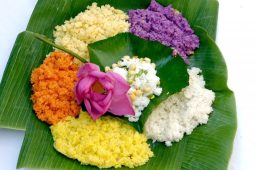
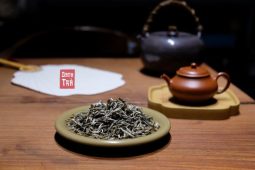
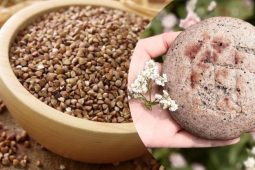
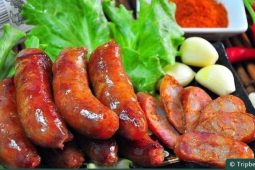
Be the first to comment!